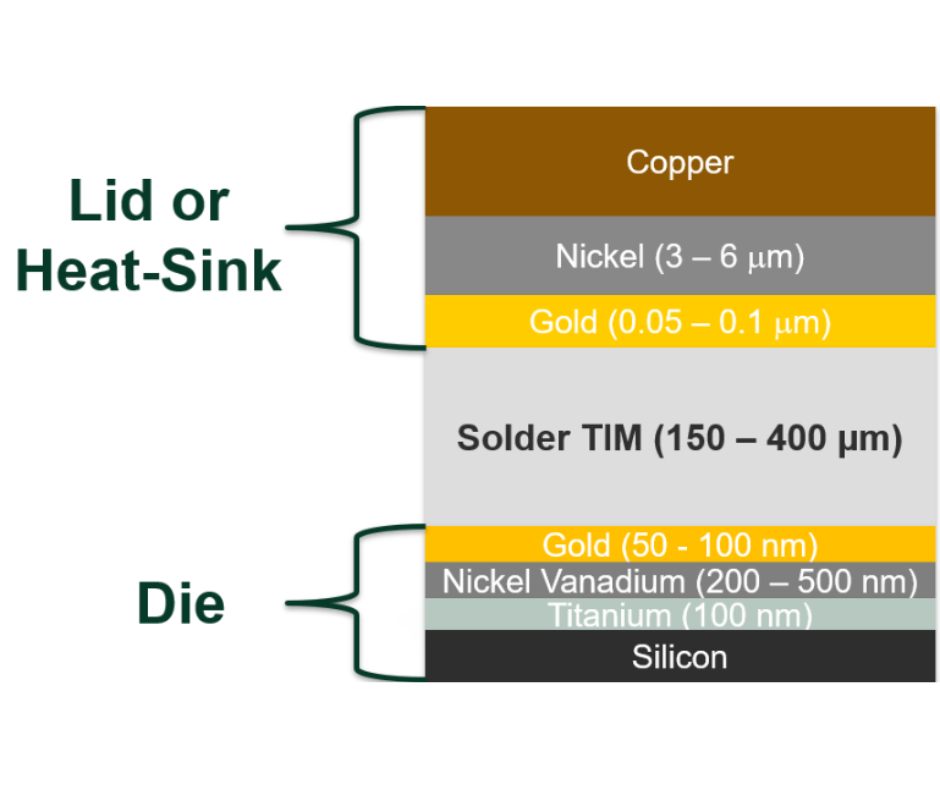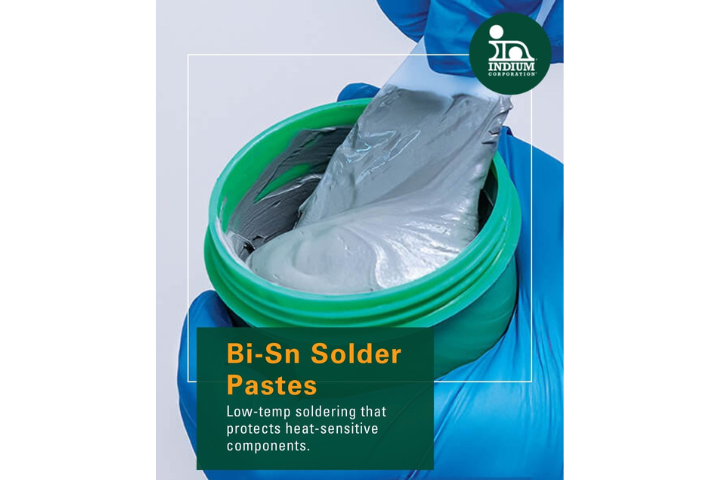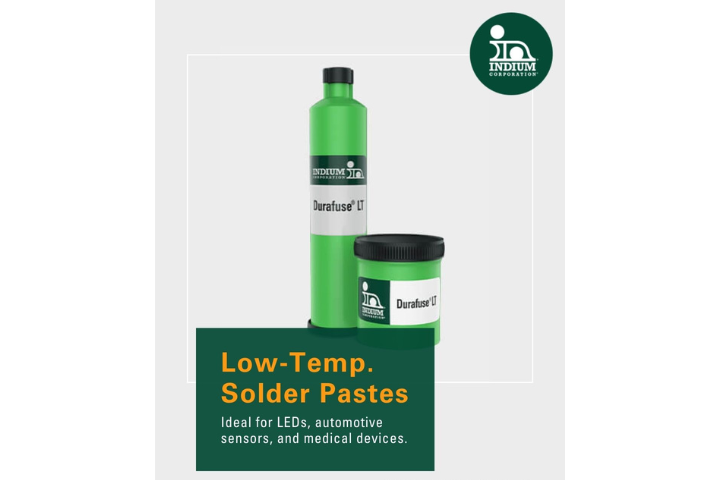Folks,
One of my closest and most respected colleagues in our industry is Jim Hall of ITM.
Along with Phil Zarrow, also of ITM, Jim and I developed SMTA's Process Certification Workshop and Examination Jim is also an Instructor in Dartmouth's Six Sigma Program and a frequent lecturer and student coach there. Jim can be reached at [email protected].
Jim's recent investigations on tin whiskers follow.
Cheers,
Dr. Ron
RoHS Impact: Some Long-Term Realities.
Tin whiskers can occur on SnPb solder joints! This point was driven home to me by data and photos from "The Effect of Surface Mounting Process on Whisker Growth in IC Package," presented at SMTAI-06 by Jeffrey Lee and C.G.Tyan. As with most Lead-Free evaluation tests, Lee and Tuan ran traditional SnPb control samples in parallel with the Lead-Free test units. And whiskers were observed on the SnPb component leads. They were smaller and less numerous, but whiskers nonetheless! This reinforced comments by aero-space experts who have always maintained, "define any combination of solder materials and process and we will show you examples of whiskers!" Since whiskers can never be completely eliminated, the job of qualifying, with certainty, the reliability of Lead-Free versions of mission-critical products appears even more difficult and time consuming. This is significant since many producers of these products, such as military and aero-space industries, are looking to Lead-Free conversion as a long-term strategy, not to comply with legislation such as RoHS from which they are "out of scope", but to deal with the increasing unavailability of SnPb components and materials.
Validating reliability through Accelerated Life Testing is another long-term problem for qualifying high-rel products for Lead-Free conversion. The over-riding concern is whether or not the tests truly simulate the conditions encountered during real-life product operation. Considering again the mission critical assemblies with long life requirements, the tests must simulate ALL conditions and time intervals. Most current manufacturers are comfortable with a specific set of tests for their product assembled with SnPb solders. Are those same tests adequate and valid for Lead-Free conversions? Testing to date has raised sufficient questions to cause serious concerns for high-rel products. An issue with the widely used Thermal Cycling Tests (TCT) has been identified by Jean-Paul Clech of EPSI Inc. Mr. Clech has invested a Herculean effort in normalizing and comparing results from literally thousands of independent TCT comparing SnPb to SnAgCu (SAC) the most popular Lead-Free solder alloy. His analysis shows that SAC shows higher reliability in tests that operate in lower cyclic shear strain range (low stress) and SnPb performs better in tests generating higher stress conditions. Therefore, if in attempts to accelerate TCT, the stress levels generated are significantly higher than would be experienced by the product in normal operation, false indications of reliability may result. This example is typical of the issues that continue to complicate long-term strategies for high-rel products in reaction to industry-wide RoHS implementation.
These issues represent a "Bleeding Edge" of RoHS implementation and apply to only a very limited number of products. Tin whisker and other reliability issues are being addressed throughout the industry with good success for an increasingly wide range of products and applications. Nevertheless companies manufacturing exempt or out of scope products have a number of options to consider for both short and long term strategies. ITM Consulting is currently developing workshops specifically for this segment of the market; not to provide "silver bullet" solutions, but to aid in defining and navigating the decision process.
Best Wishes to all,
Jim Hall



